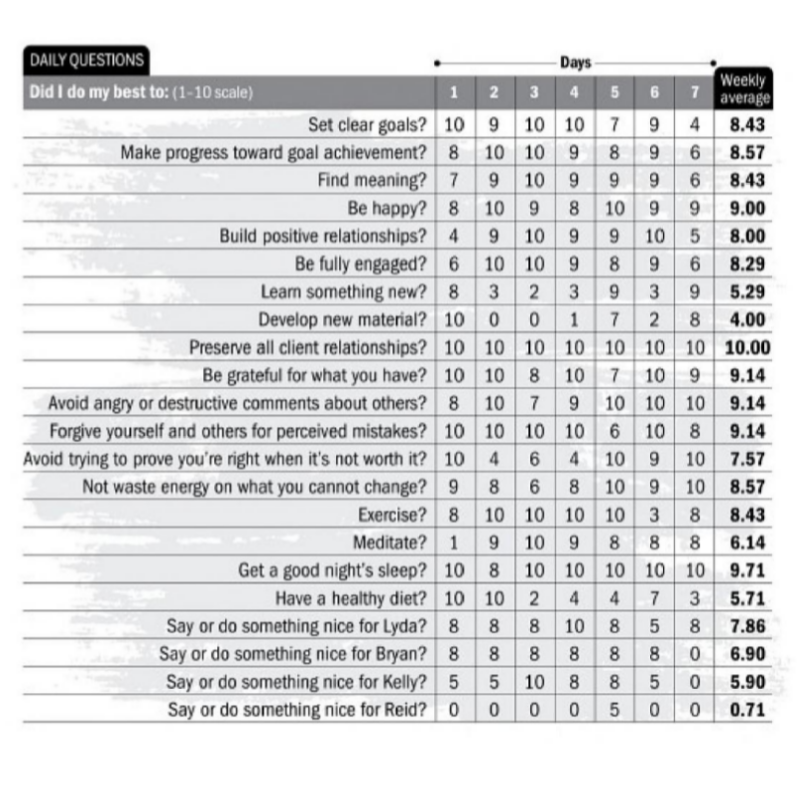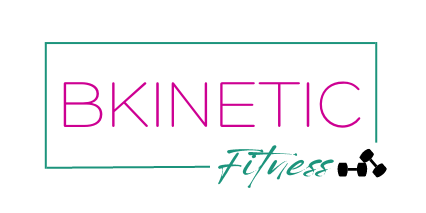New Year’s resolutions have been around seemingly forever. According to Merriam-Webster.com:
“New Year’s resolutions have existed since the early 19th century, and perhaps as far back as the late 17th century. Not only were people making resolutions 200 years ago, but they were also breaking them and using them as excuses for bad behavior before the New Year, much like today.”
Perhaps one of the most famous New Year’s resolutioners is Bridget Jones in the book (by Helen Fielding) and movies (starring Renee Zellwegger) Bridget Jones’s Diary:

“Resolution number one: Obviously will lose twenty pounds. Number two: Always put last night’s panties in the laundry basket. Equally important, will find sensible boyfriend to go out with and not continue to form romantic attachments to any of the following: alcoholics, workaholics, commitment phobics, peeping toms, megalomaniacs, emotional fuckwits or perverts. And especially will not fantasize about a particular person who embodies all these things.”

I’ve gone back and forth over the years in my views on New Year’s resolutions. I’ve both seen them as a positive thing, giving people the motivation to go after what they want and grow as people, a little invisible kick in the pants. I’ve also swung the other way, viewing them as arbitrary, shame-inducing, and ineffectual for real, lasting change.
But maybe the truth lies somewhere in the middle. Maybe it all comes down to how you approach resolutions. Falling into the trap of thinking that by achieving these goals you’ll be magically happy and confident and life will be just great is a surefire way to waste your time and damage your self-esteem. We have to keep in mind that losing 20 lbs. won’t make our problems go away or make us all of a sudden love ourselves.
And choosing the right things to pursue matters too. Pursuing weight loss and aesthetic goals can be problematic for many reasons. We’re so inundated with diet culture messaging that we can tie our self-worth up in how we look, which makes set-backs and failures all the more devastating and demoralizing.
True healthy body imaging has nothing to do with looking a certain way or liking how we look. It’s all about knowing that our worth as a person has nothing to do with our appearance. As Lindsey and Lexie Kite say, “Positive body image isn’t believing your body looks good, it’s knowing your body is good, regardless of how it looks.”
Our beauty-obsessed world perpetuates the idea that happiness, health, and ability to be loved are dependent on how we look.
The problem with most New Year’s resolutions is that they don’t match the human experience. Our lives are chaotic, stressful, overwhelming, varied, and unpredictable. We’re faced with numerous temptations and distractions every single day. There a lot of factors that we have very little, if any, control over. It’s no wonder that so many resolutions bite the dust within weeks despite our best efforts.
Although many make the case to completely do without the whole resolution thing, the New Year is still a good time to reflect on our lives. New Year’s is symbolic – a fresh start, a blank slate, which is very attractive and motivating for many people.
We can look back at what we accomplished, what worked and didn’t work, and what we want to accomplish in the year ahead, as well as what we truly value, which can be hard to measure.
The key is to be flexible with your goals and outcomes and gentle with yourself.
Here are some tips to increase your chance of success:
Live with intention.
Pick a word or phrase that describes the kind of year you want to have. Examples include Creativity, Be Present, Adventure, Fun. Focus less on the outcome/goal and more on intentions and action steps.
Intentions take the pressure off of us compared to resolutions. They’re not so black and white and tied to a specific outcome. They come from a more positive place and are aligned with our core values. It can be helpful to not only write down your intention, but also journal about it — why you chose it, what kind of actions you’ll take, what it means to you, how you’ve already implemented it and how that’s worked out.
Manage your expectations.
We all have this mythical Future Us that lives in our heads that we aspire to be. This Future Us has the perfect life, a bangin’ body, loads of motivation and energy, and is a productivity and accomplishment machine. :::slowly raises hand:::
And although we know that that version of ourselves is just a fantasy, the allure is still there. We think, if we can’t be that person completely, maybe we can get close. There’s nothing wrong with aspiring to improve or be a better person or to excel, but it’s important to manage our expectations. This is easy to say, but much harder to put into practice in the real world. I’m a good example of this.
I’m currently in week 13 of a 15-week fat loss phase, and to say it’s been a mental roller coaster is an understatement. Thank goodness I’m working with a coach (the awesome Deanna Harder, a good friend of mine), or I would be driving myself crazy with second guessing and stressing out (well, at least a lot less ;-P).
Although, as a coach with 15 years of experience training clients and over 30 years of lifting experience, I still fall prey to unrealistic expectations at times. I know that progress is never linear, yet I still get disappointed and frustrated when the results aren’t enough in my mind. And I’ve learned the hard way that what’s worked in the past may not work today.
Managing expectations is crucial for success. When we focus so much on specific outcomes, we fail to notice or appreciate what we actually do accomplish. We lose sight of the journey and the intangibles that come along with it, including who we become by working towards our goals. Sometimes we have to let go of the outcome and let the chips fall where they may.
We also need to forget the “typical results” guidelines, like the whole losing 1-2 lbs of weight per week guideline. When we lose less than that, or heaven forbid gain, it’s a hit to our self-confidence and faith in the process. We feel the weight (no pun intended) of failure and tend to think either, “Fuck it” and quit or give in to temptation or double down on our efforts (which is not always a good idea). Our bodies fluctuate due to food and drink intake, digestion, hormones, age, activity, illness, injury, health conditions, and more, which affect our weight, measurements, appearance, and performance in the gym.
Figure out what “failure” and success” look like.
Having a goal like “Eat healthier” or “Lose weight” is too vague and ambiguous. How would you measure success? How can you tell if you’re accomplishing it? It’s too open to interpretation and more likely to give us the impression that we’re failing or falling short.
So we need to figure out some metrics and specifics to guide us. Instead of eat healthier, how about “Eat 5 servings of fruit and veggies a day”? Or “Eat 30 grams of protein at each meal”?
Instead of “Lose weight,” how about “Exercise 3 times a week and eat veggies and protein at every meal”?
Break down your goal or resolution into concrete action steps that are specific and measurable so that you know if you’ve followed through with them or have room for improvement. Doing this reassure you that you’re on the right track and give you momentum to keep going. Self-belief is so important to accomplishing any goal, and especially when we hit obstacles and find ourselves on the Struggle Bus.
Track your progress.
A simple habit tracker or calendar can go a long way towards building solid habits that last. In the book Triggers by Marshall Goldsmith, he suggests listing the habits or behaviors you’re working on with the numbers 1-7 for the days of the week, and answering yes, no, or a number to rate your follow-through. And then checking in each week to see how successful you were and how you can up your game the next week.

Or maybe you place a checkmark on your calendar or in your planner for every time you complete your action. Seeing all those marks can be very motivational and help you feel like you’ve accomplished something, even if you’re still far off of your end goal.
Set aside 10 minutes a day to take action.
The key to really cementing a habit is to do it every day. It takes much longer to engrain an action done only once or twice or week. And 10 minutes is a doable amount of time and can fit into even the busiest schedule. Schedule it like you’d schedule a meeting or attach it to another action or habit as a cue or trigger.
For someone who wants to exercise more, maybe you don’t have the time or fitness level to hit the gym every day for a full workout, but you can still do things to move yourself forward on your off days. These can include stretching or mobility work, walking, laying out your workout clothes ahead of time, creating a new playlist, writing down your workouts, reading about fitness, doing active recovery, and visualizing yourself working out or getting stronger and fitter (visualization is a highly underrated tool).
So, whether or not you choose to create a New Year’s Resolution this year, these are just a few ways to ensure your success without unnecessary stress. When we approach our goals in a flexible yet structured way and not expect perfection, there’s no limit to what we can accomplish.
